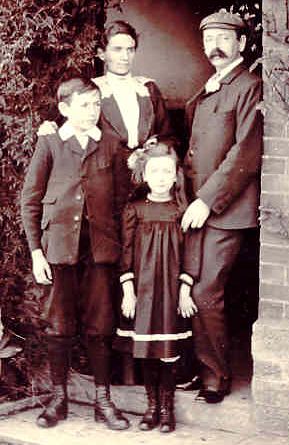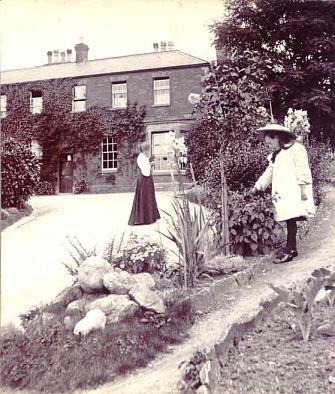Wincanton Workhouse
 There were some 18 Workhouses set up in Somerset: Axbridge Bath, Bedminster, Bridgwater, Chard, Clutton, Dulverton, Frome, Keynsham, Langport, Long Ashton, Shepton Mallet, Taunton, Wellington, Wells, Williton, Wincanton and Yeovil.
There were some 18 Workhouses set up in Somerset: Axbridge Bath, Bedminster, Bridgwater, Chard, Clutton, Dulverton, Frome, Keynsham, Langport, Long Ashton, Shepton Mallet, Taunton, Wellington, Wells, Williton, Wincanton and Yeovil.
Each Workhouse covered several Parishes called Unions and who each provided Guardians, dependent on the size of the parish.
Conditions in the Workhouse were made deliberately unpleasant to ensure that any requests for entry were a last resort.
Costs were born by the ratepayers of the town so life was made particularly hard for the people thought to be poor by their own actions. Within the Workhouse the genders were separated along with children who were kept apart from their families except for an hour each day. Wearing a uniform the inmates would be punished if they spoke to each other without permission. The food was deliberately tasteless and was the same day after day. Men women and children could be made to work at boring repetitious tasks such as picking Oakum or stone breaking. Orphan children were also sometimes farmed out to local employer who would pay the Workhouse for their labour. They could even be forcibly emigrated to the colonies.
The Poor Law Acts of 1834 replaced older legislation to deal with the poor and destitute. It created Poor Law Unions: Local Villages that combined to arrange for the care of its elderly and destitute people who had no means of support either through unemployment or age. This took place either through ‘Out Relief, cash or food handouts or ‘Indoor Relief within the Workhouse.

The Hospital Ward 1905

The Workhouse Master Mr R. W. Copeman and his Family 1904

Entrance Drive and Clerks
As time went on conditions improved and by the end of the 19th Century many rules were relaxed. By 1920 the Workhouses became Infirmaries and care homes for the elderly taking care of the older and sick members of the community. This was the role of Town View until its closure and demolition in 1972.
